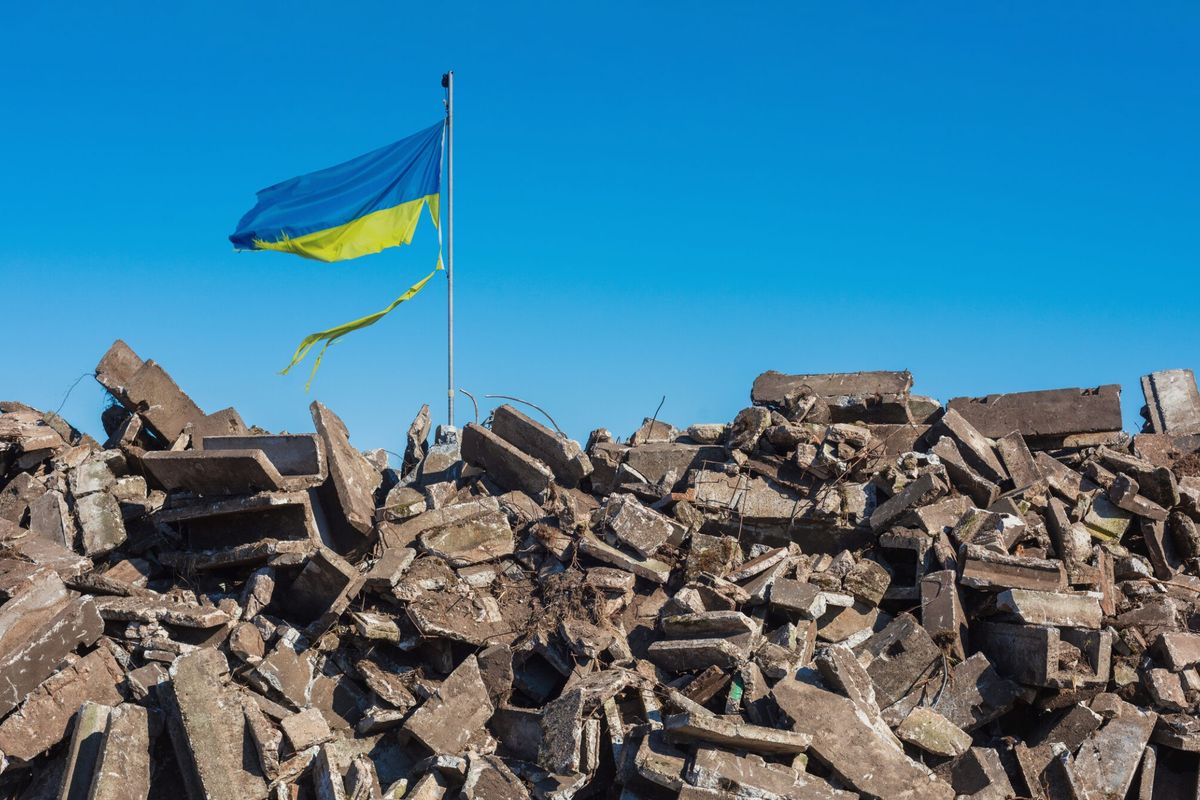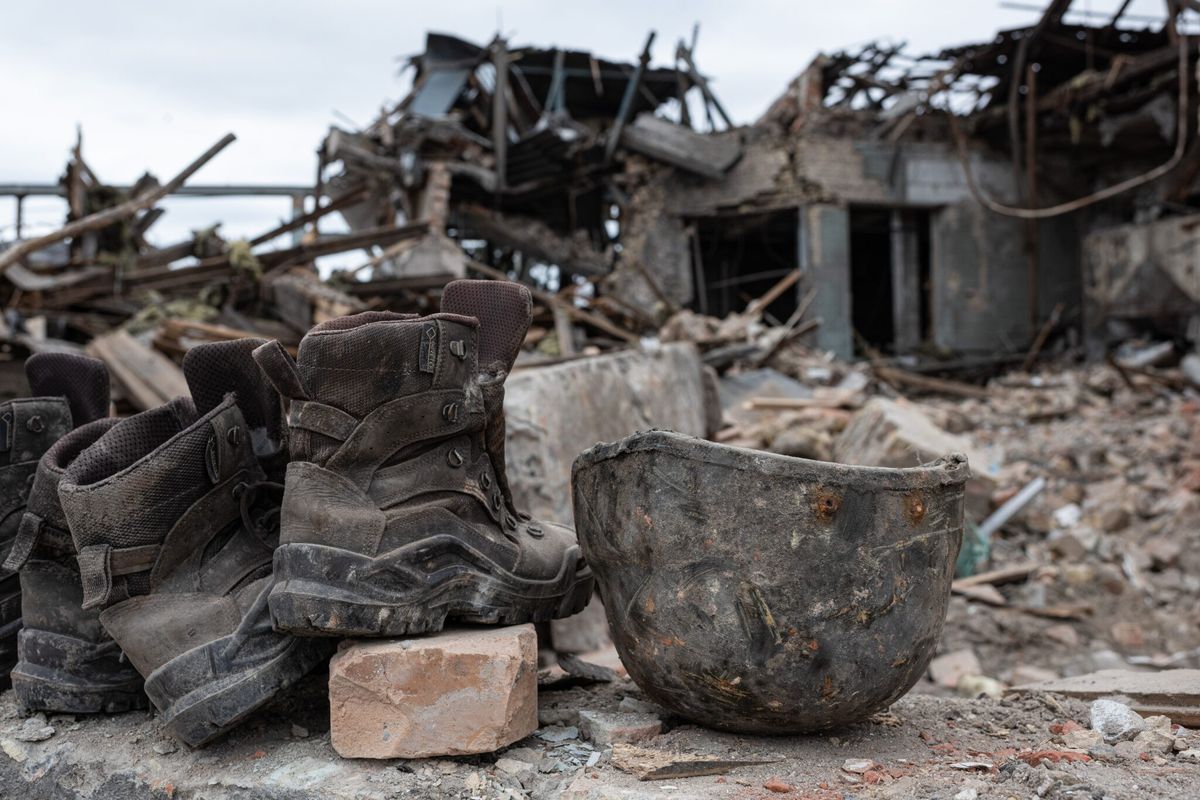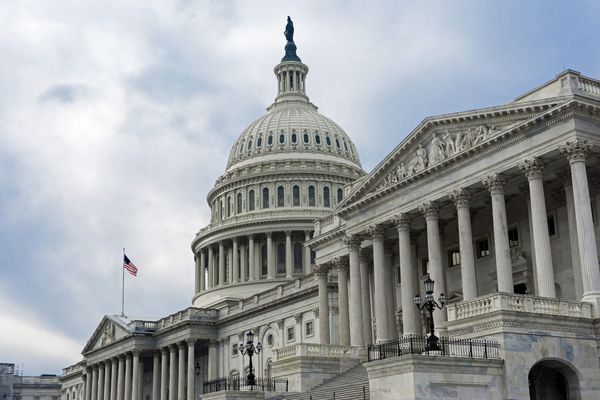Editor's Note: For this year’s Memorial Day feature, The Cipher Brief revisits its coverage examining the future of U.S. aircraft carriers.
As I write, the U.S. Navy aircraft carrier USS Carl Vinson is steaming toward the Korean Peninsula—finally. It does so at a time—as happens about once or twice per decade—when some in the policy world are questioning once again the efficacy of large-deck, nuclear-powered aircraft carriers.
The critics say these ships are vulnerable and expensive, and that more, conventionally powered, smaller-deck carriers would allow Navy air power to be in more places at once. There is an element of truth in each of these arguments, but they are vastly outweighed by the immensely valuable range of capabilities these ships offer a president, both during routine peacetime operations and in time of great need.
While land bases are far more vulnerable than ships, let’s face it: a carrier is a big hunk of metal on the surface of the ocean, and potential adversaries are adding new types of weapons designed to counter them. As a result, there will be some situations where aircraft carriers must operate at greater range for a while—at least they have the option of being mobile to enhance their survivability.
That said, carriers are not as vulnerable as many think. They have their own active and passive defenses, as well as highly capable—and constantly improving—escorts. One of their biggest defenses, though, is simply that a carrier can be very hard to find when it doesn’t want to be found. I discovered this as a young F-14 pilot intercepting and escorting Russian Bear bombers in the Pacific Ocean, far from the ship. They never found us when we didn’t want them to . . . and when it came time to land, I faced the same problem: the ship had moved far from where it was when I took off four hours earlier, and it was incredibly hard to find. There are other, more sophisticated ways, to hide carriers as well.
And yes, a nuclear-powered carrier is expensive. But consider this: its price includes 40 to 50 years’ worth of fuel, among the other advantages I list below. Moreover, these ships allow the Navy to buy fewer expensive replenishment ships than needed for a force of smaller, thirstier, conventionally powered carriers.
So let’s consider what else these versatile ships provide the commander-in-chief.
First, the ability to steam at 35-plus mph with unlimited range and no requirement to slow down to refuel provides tremendous strategic mobility. When I was aboard USS John C. Stennis in 1996, we steamed from off the coast of Norfolk, VA, to the Arabian Gulf in only 11 days. I’ve personally experienced several other instances of this mobility advantage, including while in command of USS Enterprise. Once deployed, these ships are able to rapidly swing between theaters with few constraints.
Second, these carriers are a hugely visible and valuable symbol of national power—no other nation can build and operate them. The world sits up and takes notice when a U.S. carrier is moved toward a crisis—whether it is for humanitarian support in Haiti or Indonesia or saber-rattling on the Korean Peninsula. Witness North Korea’s visceral reaction to Vinson’s movement, even though it was conducting an exercise elsewhere. The Russian carrier Kuznetsov and its Chinese copy Liaoning are mere shadows of U.S. carriers, and everyone knows it.
Third, when they arrive (or are already present), carriers also operate independently of political restraints emplaced by other nations such as airspace restrictions or basing rights. Indeed, carrier-based air power was the only game in town when ISIL rapidly invaded western Iraq until regional allies agreed to allow the U.S. to support the majority Shia regime in Iraq from their bases.
Fourth, carriers have enormous stamina and independence. All 4.5 million gallons of fuel they carry are for their aircraft, and that lasts a long time. Their weapons magazines are enormous—it takes three days alongside an ammunition ship just to load one of these carriers before it deploys. The carrier also carries its own organic aircraft maintenance capability, including the ability to repair engines and electronics all the way down to the component level, right there in theater.
Fifth, these carriers bring vast combat power to the fight—far more than a smaller conventional carrier, especially one only operating very short take-off and landing (VSTOL) aircraft. It is not a linear relationship. Our big-deck carriers carry up to three times the aircraft of a smaller ship, maintain a higher operational tempo, and can generate more wind over the deck in calm conditions. Aircraft launched using catapults and higher wind speeds can carry more than twice the combat load of a VSTOL bird, and can carry more fuel. More aircraft, flying farther, cycling more often, carrying more weapons provides a disruptive tactical and operational advantage. Moreover, VSTOL carriers cannot carry early warning or electronic warfare aircraft.
The next-generation Ford class carriers will be even more capable, with better nuclear reactors, smaller crews, better weapons elevators, bigger flight decks, greater sortie generation rate, and much larger electrical generation capacity to enable use of future cutting-edge weapons such as directed energy. While the first in its class has experienced some growing pains such as difficulties with its new electromagnetic catapults and arresting gear, and cost overruns. But the “first” of anything in the U.S. inventory—be it a missile, an airplane, or a ship—is almost always more expensive than planned because they are the best on the planet. The USS Gerald R. Ford’s sister ships will fold in lessons learned that will lead to an 18 percent reduction in construction manpower costs, so costs should drop considerably.
To be sure, the military needs to be working on innovative ways to present ever-improving adversaries with new dilemmas. However, the first question asked by policy-makers in a crisis remains where are the carriers, and for good reason. North Korean leader Kim Jong-un is discovering that a nuclear-powered aircraft carrier can be in your face, or over the horizon, or vanish overnight on its way to another crisis. Let’s not squander this powerful strategic asset by settling for less than the best.












